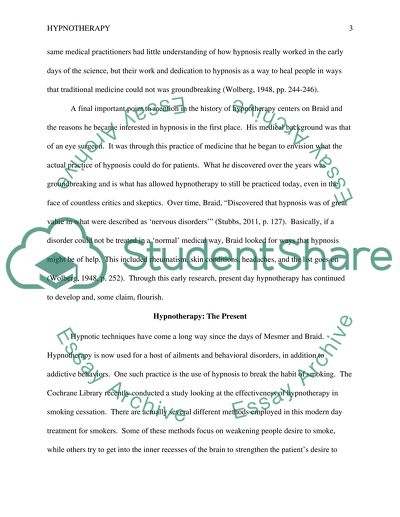Cite this document
(“Hypnotherapy: Past, Present and Future Research Paper”, n.d.)
Hypnotherapy: Past, Present and Future Research Paper. Retrieved from https://studentshare.org/psychology/1460606-hypnotherapy-past-present-future
Hypnotherapy: Past, Present and Future Research Paper. Retrieved from https://studentshare.org/psychology/1460606-hypnotherapy-past-present-future
(Hypnotherapy: Past, Present and Future Research Paper)
Hypnotherapy: Past, Present and Future Research Paper. https://studentshare.org/psychology/1460606-hypnotherapy-past-present-future.
Hypnotherapy: Past, Present and Future Research Paper. https://studentshare.org/psychology/1460606-hypnotherapy-past-present-future.
“Hypnotherapy: Past, Present and Future Research Paper”, n.d. https://studentshare.org/psychology/1460606-hypnotherapy-past-present-future.


